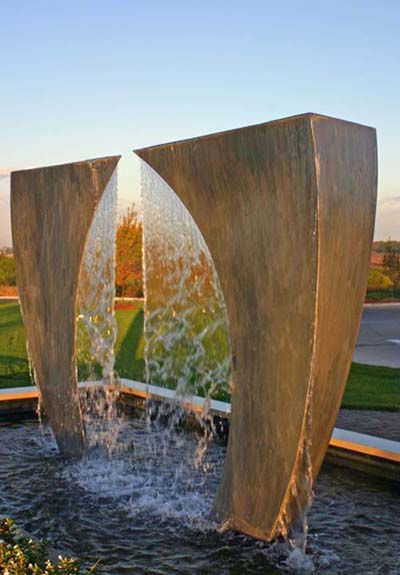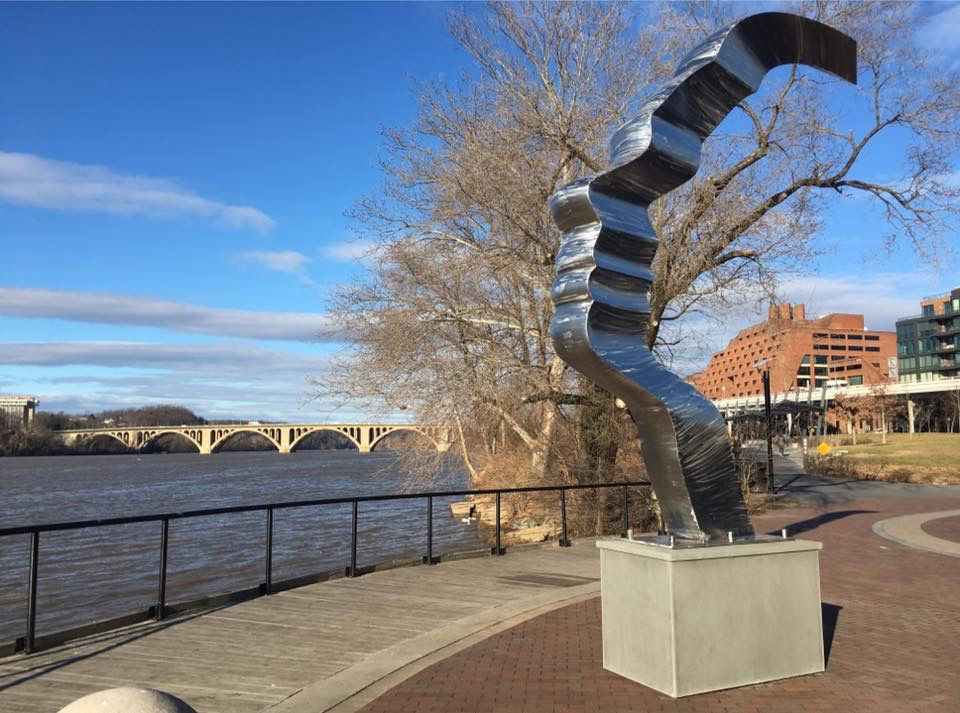Monumental Sculpture for Public Spaces: The Power of Public Art in Transforming Developments
- Siddarth H
- Jul 21
- 2 min read

How Landmark Sculptures Elevate Communities and Inspire Connection
Public art has the power to do more than beautify a space, it can redefine how people interact with their surroundings and create a sense of identity for entire communities. Monumental sculptures for public spaces don’t just enhance aesthetics; they act as catalysts for social interaction, cultural pride, and economic vitality.
When I created Mother Earth on the banks of the Rhine in Bonn, Germany, I saw firsthand how a single sculpture could become a gathering place, a landmark, and a symbol of sustainability. The polished stainless steel reflects its environment, changing with the sky, the light, and the people who visit, making it feel alive and deeply connected to its setting.
At Blairs Gateway in Maryland, I envisioned a monumental sculpture as both a symbolic and functional threshold to a vibrant mixed-use community. Public art transforms urban landscapes from functional zones into destinations of cultural and social meaning.

“Public art transforms developments into destinations. It creates identity, fosters emotional connection, and elevates spaces from the ordinary to the extraordinary.” —Barton Rubenstein
Every commission begins with a critical dialogue: What story does this space want to tell? What emotional response should it inspire? I work closely with developers, architects, and engineers to ensure that each sculpture integrates seamlessly into its environment while asserting its own presence. Whether it’s a corporate courtyard, residential plaza, or civic square, these installations are designed to resonate with the people who inhabit them.
Landmark sculptures are more than artistic flourishes; they are strategic investments for developers and municipalities alike.
They:
Enhance property value and prestige.
Attract foot traffic and tourism.
Establish cultural identity and civic pride.
Provide enduring points of connection for communities.
From a design perspective, creating a monumental sculpture involves balancing technical precision with aesthetic vision. Considerations include material durability, environmental integration, and long-term maintenance, all factors that ensure the artwork becomes a lasting and beloved feature of its landscape.

The Lasting Value of Sculpture in Public Spaces
As cities evolve and new developments rise, public art offers an anchor, an opportunity to humanize architecture and invite participation. My work demonstrates that monumental sculptures can create spaces where people don’t just pass through; they linger, gather, and form memories.
Incorporating public art into projects sets a tone of innovation and care, signaling to communities that they are valued not just as residents, but as participants in a shared cultural journey.





Comments